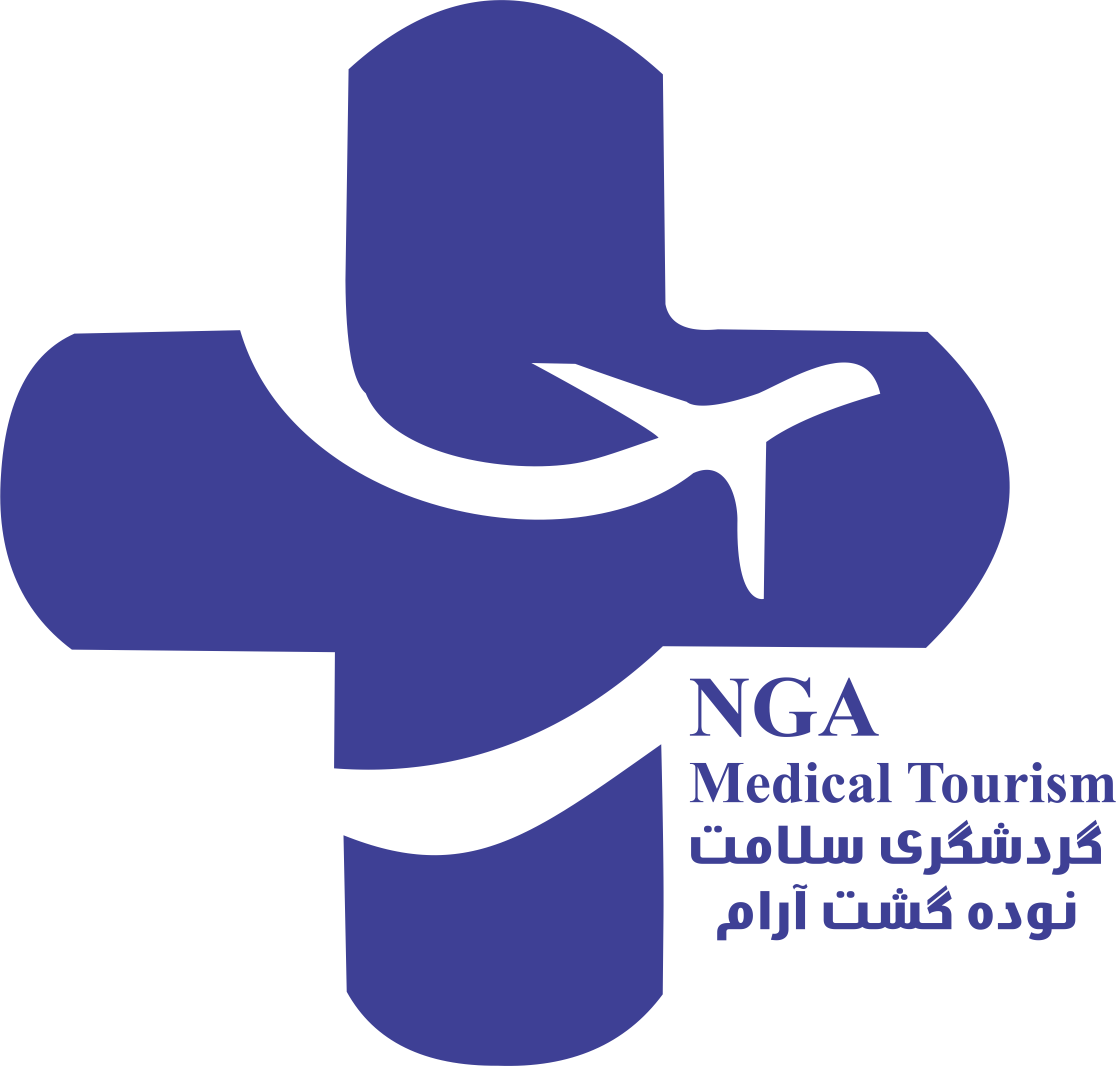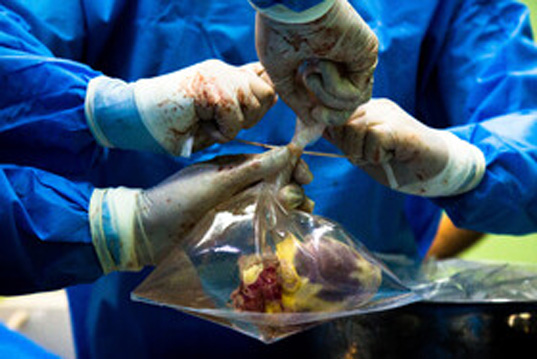Bone marrow transplant in Iran
Best Hospital
We Introduce Best Hospital for General Heart Surgery
Best Doctors
We Introduce Best Doctors for General Heart Surgery
Best Price
We Try to introduce best Services with Regular Price



Bone marrow transplant in Iran / Tehran
Bone marrow transplant in Iran, According to the statistics given, the cost of marrow and bone transplant in Iran is about 27,000 US dollars, while the cost of the same transplant in Iran is about 40,000 dollars, so it is economical to do this transplant in Iran. That's why we want to increase your information about this link in Iran in this article. It is a completely medical procedure to replace the marrow and bone that has been damaged or destroyed by various factors such as chemotherapy or infection. This method works in such a way that the doctors take blood stem cells that go to the marrow and bones, and their task is to produce new blood cells in that area and cause the growth of new blood. Bone marrow is made up of the spongy tissue and fat inside your bones and makes the following parts in your blood: Production of red blood cells whose job is to carry oxygen and nutrients throughout your body. . Production of white blood cells that fight infection . Making platelets that are responsible for clot formation Also, marrow and bone contain a series of stem cells that are both hematopoietic and immature and are known as hematopoietic stem cells or HSCs. Most of the cells are already different and only make copies of themselves. Of course, this Stem cells are undifferentiated, meaning they have the potential to reproduce through cell division and either remain stem cells or differentiate and mature into different types of blood cells. HSCs in the bone marrow also make new cells throughout your life. This bone marrow transplant replaces your body's stem cells with healthy cells. This graft helps your body make enough platelets and white and red blood cells to prevent possible disorders like hematopoiesis. Healthy stem cells can come from a donor or from your own body. In such cases, stem cells can be harvested or grown before starting chemotherapy or radiation therapy. Those healthy cells are then saved and used in a transplant.
Nodeh Gasht Aram Health Tourism due to the high growth rate of this disease in different countries in the world, in addition to doctors and cardiologists who are very capable of diagnosing and treating this disease (medically and surgically), with the most skilled specialists and genetic counselors in order to receive the latest treatments and care And the advice that every person with a previous history of this disease should have, has been provided to you dear ones.

Why is this done?
Marrow and bone transplant are used in different situations, some of which we have mentioned Allow your disease to be treated safely by replacing or saving bone marrow damaged by treatment with high doses of chemotherapy or radiation
. It provides new stem cells that have the ability to directly kill cancer cells
Bone marrow transplant is useful for people suffering from all types of cancers, including benign and malignant attacks
. acute leukemia
. Aplastic anemia
. Adrenoleukodystrophy
. Bone marrow failure syndromes
. Chronic leukemia
. Hodgkin’s lymphoma
Hemoglobinopathies
. Primary amyloidosis
. Inherent errors of metabolism
. Non-Hodgkin’s lymphoma
Disorders of plasma cells
. Neuroblastoma
. Multiple myeloma
. Myelodysplastic syndromes
. POEMS syndrome
Safety deficiencies
Risks and complications
Bone marrow transplant is a very important medical procedure and increases the risk of contracting the following diseases:
. nausea
. Low blood pressure
. Headache
. Shortness of breath
.Ague
The above symptoms are usually short-term, but the mentioned symptoms are often short-term, but bone marrow transplant can cause complications. Whether these things apply to you also depends on various complications, such as:
. your age
. Your overall health
. Do you have a disease that you are being treated for?
. The type of link you received
There are different types of complications, some are very mild and some are very acute and severe, which we mention in the following cases:
. Graft-versus-host disease (GVHD), which is a condition in which the donor’s cells attack your body.
. Transplant failure happens when your transplanted cells don’t start producing new cells as the doctors planned
. Bleeding in different parts of the body such as lungs, brain and other parts of the body
. Cataract is another factor characterized by clouding of the lens of the eye
. Damage to important and vital organs
. premature menopause
. your age
. Your overall health
. Do you have a disease that you are being treated for?
. The type of link you received
There are different types of complications, some are very mild and some are very acute and severe, which we mention in the following cases:
. Graft-versus-host disease (GVHD), which is a condition in which the donor’s cells attack your body.
. Transplant failure happens when your transplanted cells don’t start producing new cells as the doctors planned
. Bleeding in different parts of the body such as lungs, brain and other parts of the body
. Cataract is another factor characterized by clouding of the lens of the eye
. Damage to important and vital organs
. premature menopause
. Anemia occurs when the body does not produce enough red blood cells
. Infections
. Nausea, diarrhea or vomiting
. Mucositis, which is a condition that causes inflammation and pain in the mouth, throat, and stomach
Liver transplant
A liver transplant is a surgery that removes a liver that no longer functions properly (liver failure) and replaces it with a healthy ...
Kidney transplant
A kidney transplant is a surgery to place a healthy kidney from a living or deceased donor into a person whose kidneys no longer function ...
Ischemic Heart Disease
Ischemic means that an organ (e.g., the heart) is not getting enough blood and oxygen. Ischemic heart disease, also...
Heart Bypass Surgery
Heart bypass surgery has been a life-saving treatment for more than 60 years.It is the most frequently performed openheart..
Heart Transplant
In heart transplant surgery, the patient’s heart is replaced by a natural heart from a donor who died recently or may be...
Open Heart Surgery
Open (traditional) heart surgery is when the chest is cut open and surgery is performed on the muscles, valves, or arteries of ...
Angioplasty
Coronary angioplasty is a treatment intended to fix narrowed or clogged arteries with the aim of enhancing blood ...
Echo
Echocardiography test is a procedure that uses ultrasound waves to take real-time images called echocardiogram …

If you have any concerns that you think are making you afraid of this procedure, be sure to talk to your doctor about it, he or she will help educate you about the risks and complications of this procedure far more than any type of article can. inform Earn
. Infections
. Nausea, diarrhea or vomiting
. Mucositis, which is a condition that causes inflammation and pain in the mouth, throat, and stomach.
If you have any concerns that you think are making you afraid of this procedure, be sure to talk to your doctor about it, he or she will help educate you about the risks and complications of this procedure far more than any type of article can. Inform Earn
Graft-versus-host disease is one of the serious potential risks that occurs when stem cells come from donors
If you receive a transplant that uses stem cells from a donor (allogeneic transplant), you are at serious risk of developing graft-versus-host disease (GVHD). This happens when the donated stem cells that make up your new immune system see your body’s tissues and organs as foreign and attack them.
GVHD can occur at any time after your transplant, and many people who receive an allogeneic transplant develop GVHD at some point. The risk of GVHD is slightly higher if the stem cells are from an unrelated donor, but it is likely to happen to anyone who receives bone marrow from a donor.
There are two types of GVHD: 1. acute and 2. chronic. Acute GVHD usually occurs earlier, in the first month after transplantation. It usually also affects your skin, digestive system or liver and damages their function as well. Chronic GVHD usually develops later and can affect many organs.
Signs and symptoms of chronic GVHD include:
. Joint or muscle pain
. Shortness of breath
. Persistent cough
. Vision changes, such as dry eyes
. Skin changes, including sores under the skin or skin stiffness
. urticaria
. Yellowing of your skin or the whites of your eyes (jaundice)
. dry mouth
. Mouth ulcers
. diarrhea
. nausea
. Vomit
Types of bone marrow transplantation
In general, we have two types of marrow and bone transplants, and your doctor will determine which one is better for you.
. Autologous transplantation
Autologous transplantation {in this type of transplantation, the individual’s own stem cells are used for transplantation. They usually involve harvesting your cells before starting cell-damaging treatment such as chemotherapy or radiation. After transplanting {self} cells will be returned to your body
This type of transplant can only be used when the person himself has healthy marrow and bones. However, it does reduce the risk of some serious complications, including GVHD.
- Allogeneic transplant
In this transplant, unlike autologous transplant, the donor’s stem cells are used. Of course, the marrow and bone donor must be one of your relatives, otherwise this transplant will not be possible, but genetic compatibility can also be found from the donor’s registry.
An allogeneic transplant is necessary if you have a condition that has damaged your bone marrow cells. However, they are at higher risk of certain complications such as GVHD. Of course, you need to take drugs that weaken your immune system, and this is because by doing this, your body will no longer attack new cells. This can make you more susceptible to disease.
Whether or not this transplant is successful depends on how close the donor’s stem cells are to your cells and how much of a match it is.
During bone marrow transplantation
Your bone marrow transplant will take place after the preparation process is complete. On the day of the transplant, stem cells are injected into your body through a central line.
This injection is completely painless and you do not need to be unconscious and you are fully awake during the transplant.
After bone marrow transplant
Once stem cells are introduced into your body by any of the above methods, they travel through your blood to your bone marrow. Over time, new cells begin to multiply healthy cells in your body. This action is called linking. It usually takes a few weeks for the number of blood cells in your body to return to normal. {Of course, this time is an average and it may take longer}
In the days and weeks after the bone marrow transplant, you will have several blood tests to know how your body is doing. You may need medication to manage side effects such as nausea and diarrhea.
After doing this operation, you are under the special supervision of doctors and it is necessary to continue this work for a long time. If you experience infection or other complications, you need to stay in the hospital for more than this period, and as it was said, all the statistics mentioned in this article are averages and increase or decrease. Depending on the type of transplant and the risk of complications, you may need to stay close to the hospital for several weeks to months to allow for close monitoring.
Of course, you may also need to inject red blood cells and platelets into your blood until your bone marrow begins to produce enough of those cells.
You may be at increased risk for infection or other complications months to years after your transplant. You will need to see your doctor to monitor your transplant
Nodeh Gasht Aram Health Tourism due to the high growth rate of this disease in different countries in the world, in addition to doctors and cardiologists who are very capable of diagnosing and treating (pharmacological and surgical) this disease, with the most skilled specialists and genetic counselors in order to receive the latest treatments, care And the advice that every person with a previous history of this disease should have, has been provided to you dear ones.
Contact us for a free consultation for Bone marrow Transplants in Iran










